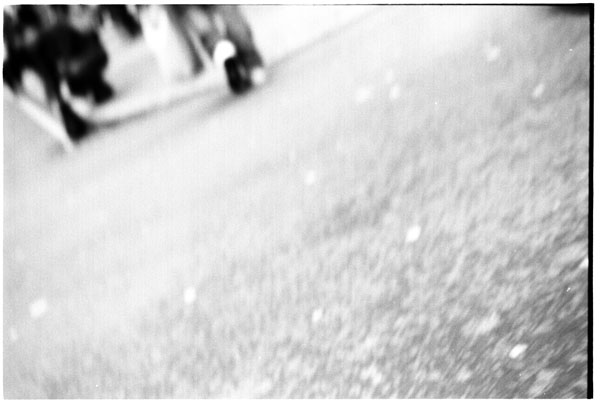When photographing with children, portraits what do I hope to achieve? Today everyone (almost) in Western
society has access to a camera and can, in some form produce family portraits so where does that leave the professional photographer? What today does
the portrait achieve? What is its purpose in modern Western society?
Why do people use a
professional photographer? Do they believe that as a professional you can produce something
different, better? The best pictures are often the most casual and those pictures are, for the
most taken by close family members. This casual aesthetic, the family snapshot
is often used in art to say something, what I’m not sure but as a body of work it is sometimes created, sometimes appropriated and sometimes
re-contextualised as in the work of Dutch photographer Bertien van Manen who
uses it to great effect but do these pictures have any value outside her own
personal family archive?
As a photographer I strive to
achieve technically perfect pictures, a hang-up from my modernist influences
but the bad results, the over-exposure, the scratches and colour casts which family members
achieve by accident are often added to the aesthetic of the family snapshot and are often used for effect.
Bertien van Manen “Easter and Oak Trees”
With the casual family portrait what I aim for is what van Manen achieves; joyful, incidental and relaxed
images (a result which also translates to wedding photography). This
approach has been recognized by Pantall as part of a Northern European
sensibility “in which the body is not a battleground for projected adult
sensibilities” but shows van Manen’s children as being “one with nature,
uncorrupted by the adult world. (British Journal of Photography. April 2013. P
71) Yet van Manen’s pictures are not contemporary family snapshots they were made in the 1970s, a period in my own
childhood that I remember as being more free than today.
Is such a sensibility
experienced today? As Van Manen states her pictures were made in a different era when “there wasn’t the hysteria about nakedness”. (British Journal of
Photography. April 2013. P 73) However, her children under the protection of the family were never
alone having been photographed by van Manen herself in the confines of her parent’s
garden but as recent events have proved a bit of hysteria is not such a bad
thing as many children in the 1970s were corrupted by the adult world.
Bertien van Manen “Easter and Oak Trees”
















































